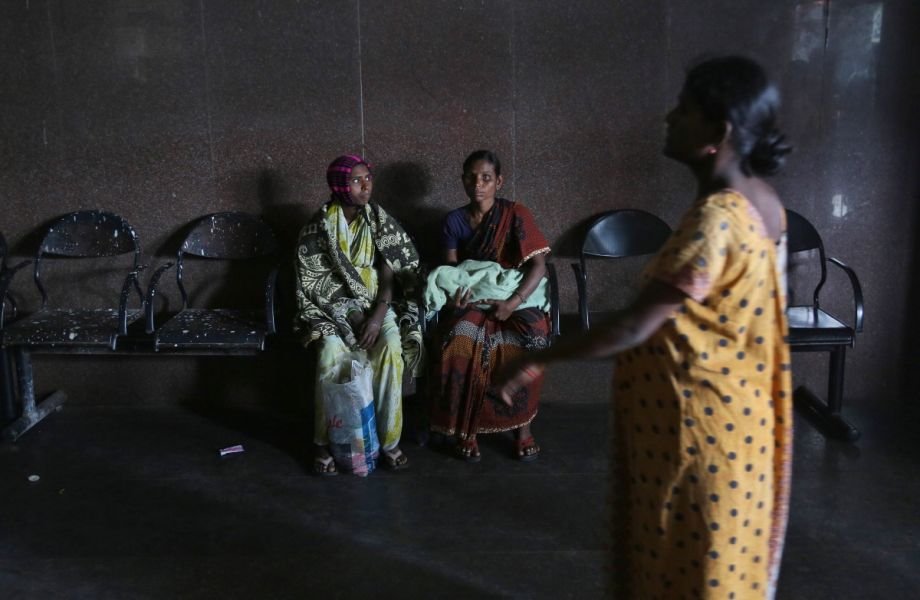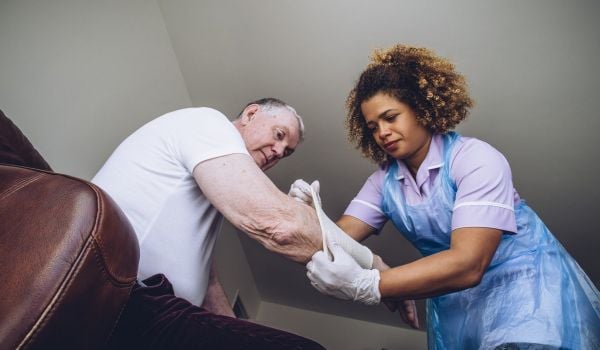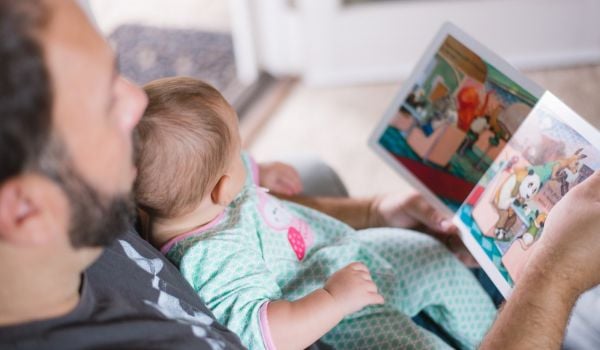What will reduce maternal mortality? The problem — women dying during or shortly after childbirth — has been with humanity for millennia. Over the past few decades, shifts in technology, living standards and fertility rates have all altered our expectations. More recently, global health has tested a plethora of options for improving maternal survival. But the issue remains a bit of a puzzle, and the answers to it range from high-tech devices, to one ancient option: informally trained birth attendants.
The topic of maternal and child health has been top of mind for much of the Western Hemisphere this month, as Zika virus has been linked to about 3,500 Brazilian babies born with microcephaly, or an abnormally small head. The first transmitted case in the U.S. was reported last week — and reactions have been strong. But Zika remains a relatively rare cause of disability in infants, and it’s essentially harmless to mothers. Rather, risk of death around the time of delivery is far and away more likely. In 2015, 303,000 women died worldwide while giving birth, from causes ranging from hypertensive disorders to infection to excessive bleeding. Complications occur in about 15 percent of pregnancies. Most are unpredictable.
Fittingly, maternal and child health is a major focus of global health worldwide, particularly in the relatively few African, Asian and Central American countries that account for the majority of maternal deaths worldwide.
In the past decade or two, global health has generated a surfeit of innovations. These include numerous mobile health (or “m-health”) apps that assist women or their healthcare providers with detecting, preventing and addressing health issues in pregnancy. The options range from an educational guide on safe pregnancy and birth for a lay audience to a smartphone-based ultrasound for examinations to an app that walks midwives through an algorithm to detect emergencies during delivery.
Although m-health innovations have the potential to avert maternal mortality, implementation might be tricky. “They don’t have a computer sitting on their desk at home, so having a phone with access to the Internet is critical,” Marc Mitchell, a Harvard School of Public Health professor and mobile health innovator, says about people living in lower-wealth countries. But many apps fail for that very reason. A trip through Kibera, a massive slum in Nairobi, reveals that few people downloaded any apps at all — not least of all because their phones lacked Internet. Other m-health projects have succeeded only by working around the same constraint.
That doesn’t mean apps can’t be put into place. But it likely makes them what physician-author Atul Gawande has called “slow ideas,” or those that are be taken up only over relatively long spans of time. Gawande has said the same about more basic forms of improvements in obstetrical practice, including actions as simple as hand washing. He’s affiliated with the BetterBirth Project, which is attempting to assist healthcare providers in Uttar Pradesh, India, in adopting 29 basic practices to improve delivery outcomes. So far, they’ve found most providers must be coached over time to take up the skills.
What can women do while waiting for innovations to go to scale? Many are simply doing what they have always have done: delivering their babies at home.
For this reason, some suggest that the best innovations for lower-income nations are the most incremental, and the most focus on the informal milieus where many of the poorest women reside.
The massive multinational NGO BRAC, for instance, runs Manoshi, a maternal and child health program in Dhaka’s massive Korail slum. Manoshi offers little more than a two-room house: one room where pregnant women gather in groups for basic health education meetings, and another offering a bed, stool and other basic amenities for giving birth. The house has few trappings of formal healthcare — no doctor, nurse or innovative smartphone ultrasound here — but the workers there say it’s oriented to make women who need it most comfortable. They note that even the modest shift from birth at home to birth in another house in the neighborhood is one they had to promote to the community at length.
India has taken a different approach. In 2005, the country launched a cash transfer program that gave pregnant women 1,400 rupees (roughly a month’s wage) as an incentive to have their babies in hospitals. A 10-year follow-up study released last month found the program increased the rate of in-hospital deliveries — but had much less impact on mortality.
The reason makes it a bit clearer why women rejected hospitals to begin with — and why Gawande’s BetterBirth Projects is so vital. Although deaths declined, researchers noted that the fall was four times steeper in rich areas than in poor ones. “The cash transfer programs are by themselves inadequate to improve health outcomes,” says lead researcher Bharat Randive, a doctoral candidate at Umea University. “While the program can improve service utilization, it will not reduce maternal and neo-natal deaths unless the socioeconomic inequalities in access to facility-based care are also addressed and the care is of good quality.”
Medical anthropologist Amikole Maraesa suggests integrating traditional birth attendants into the biomedical system might also help bridge the socioeconomic gap and reduce mortality. Maraesa has conducted research in the Central American nation of Belize. Like many countries, the tiny country still features traditional birth attendants (TBAs). They’re informal workers who operate where the biomedical system doesn’t reach — from rural Mayan villages in Guatemala to megacities like Dhaka, Bangladesh — helping women with practices that they’ve acquired through informal training outside of the biomedical system. They’re often the provider women accustomed to home deliveries choose first.
For several years, global health programs have been working to augment what these informal workers can do by training them to handle emergencies and helping them establish relationships with doctors. Research studies on 1,345 traditional birth attendants found that these efforts are a “promising” way of reducing deaths of mothers and infants. Guatemala, where TBAs attend one in every three births, had an official policy augmenting their inclusion in the healthcare system.
“The people in charge at the ministry of health, at the end of the day, they say yes or no. They will allow you hospital privileges, yes or no,” Maraesa says. As with a wide range of innovations, governments, health workers and ordinary people are slowly saying “yes” to TBAs — and to saving women’s lives.
The “Health Horizons: Innovation and the Informal Economy” column is made possible with the support of the Rockefeller Foundation.

M. Sophia Newman is a freelance writer and an editor with a substantial background in global health and health research. She wrote Next City's Health Horizons column from 2015 to 2016 and has reported from Bangladesh, India, Nepal, Kenya, Ghana, South Africa, and the United States on a wide range of topics. See more at msophianewman.com.
Follow M. Sophia .(JavaScript must be enabled to view this email address)

















